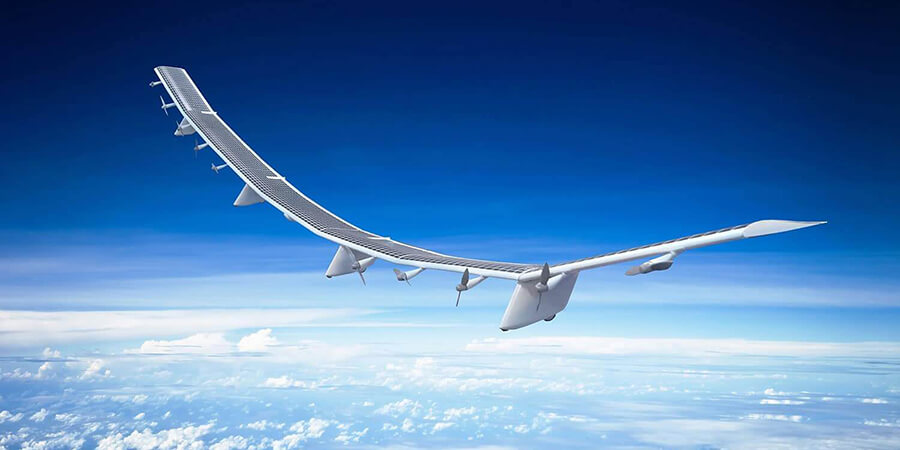SoftBank Corp. and its subsidiary HAPSMobile Inc. announced they had developed a radiowave propagation simulator for High Altitude Platform Station (HAPS) stratospheric-based wireless communication systems.
The simulator implements the “HAPS Radiowave Propagation Prediction Method*1,” which became part of the International Telecommunication Union Radiocommunication Sector (ITU-R*2)'s global standard based on contributions from SoftBank and HAPSMobile in October 2021. The method was developed to estimate radiowave interference at high altitudes and enable the design of network area coverage for HAPS.
The newly developed HAPS radiowave propagation simulator that implements this method will make it possible for HAPS network operators to analyze radio propagation characteristics with greater accuracy and efficiency for HAPS service rollouts.
To operate HAPS-based networks as communications infrastructure, the accurate calculation of radiowave propagation from the stratosphere to the ground in various environments is needed, and the “HAPS Radiowave Propagation Prediction Method” is required to make these calculations. In addition to basic transmission loss that occurs when radiowaves are propagated through free space*3, the method can factor in radiowave propagation loss caused by environmental factors such as gaseous absorption and rain attenuation, diffraction due to terrain, vegetation loss, building entry loss, clutter loss due to building shielding and human shielding loss.
This simulator, which implements the “HAPS Radiowave Propagation Prediction Method” — an ITU-R global standard calculation method that SoftBank and HAPSMobile contributed to — encompasses all of the above-mentioned causes of radiowave propagation loss in the method. The simulator can also analyze radiowave propagation loss by utilizing weather data, such as atmospheric temperatures — which vary by latitude and longitude — and rainfall intensity, and geographical information that includes terrain and buildings, thereby making it possible to accurately analyze radiowave propagation in regions around the world. Furthermore, in addition to analyzing radiowave propagation in various regions based on HAPS aircraft locations and base station parameters (such as spectrum and antenna patterns), propagation loss factors for consideration can be selected as conditions, and radio propagation loss analyses can be performed based on various calculation results, such as radiowave reception levels.
Utilizing this HAPS radiowave propagation simulator, SoftBank and HAPSMobile will further study ways to conduct radiowave propagation analysis and system design.
To bridge the digital divide and realize a society where everyone is connected to ubiquitous and stable networks, SoftBank and HAPSMobile will continue to advance HAPS business preparations.





